Home>Garden Essentials>When Does Crabgrass Germinate In Iowa
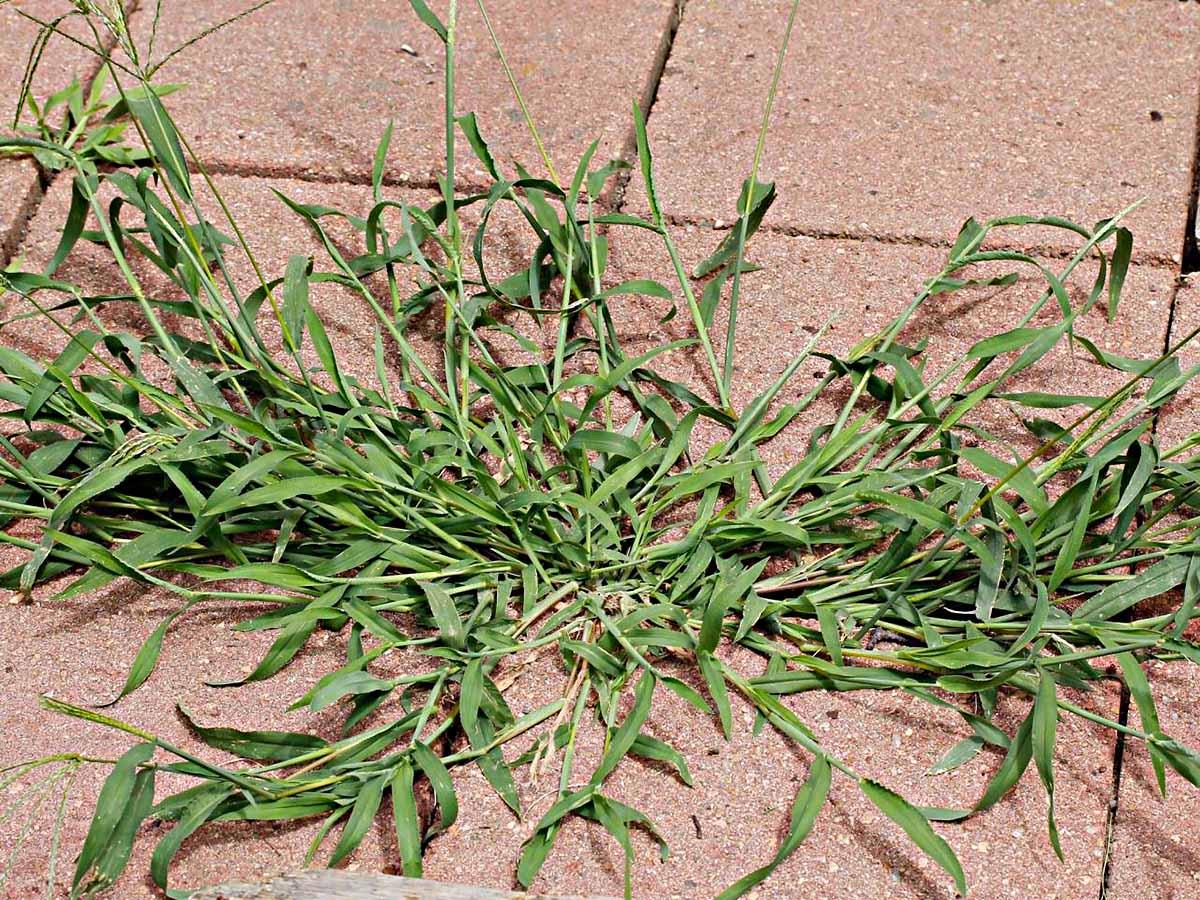

Garden Essentials
When Does Crabgrass Germinate In Iowa
Modified: April 23, 2024
Learn when crabgrass germinates in Iowa and how to prevent it from taking over your garden. Discover effective strategies to maintain a crabgrass-free lawn throughout the season.
(Many of the links in this article redirect to a specific reviewed product. Your purchase of these products through affiliate links helps to generate commission for Storables.com, at no extra cost. Learn more)
Introduction
Welcome to our comprehensive guide on crabgrass germination in Iowa. If you’re a gardener or lawn enthusiast in Iowa, you know how important it is to stay vigilant against this persistent weed. Understanding when and how crabgrass germinates is key to effectively preventing its growth and maintaining a beautiful, weed-free lawn.
Crabgrass (scientifically known as Digitaria) is an annual grassy weed that can quickly spread and overtake your lawn if left unchecked. Its ability to produce thousands of seeds makes it a formidable opponent in the battle for a healthy and lush lawn. However, by understanding the germination process and taking proactive steps, you can effectively control crabgrass and keep your lawn in top shape.
In this guide, we will explore the factors that affect crabgrass germination, the timeframe in which it typically occurs, the ideal conditions for germination, and preventative measures you can take to keep crabgrass at bay. By arming yourself with this knowledge, you’ll be better equipped to maintain a beautiful lawn and garden throughout the year.
So let’s dive in and learn more about the fascinating world of crabgrass germination!
Key Takeaways:
- Keep your lawn healthy and crabgrass-free by understanding its germination process. Monitor soil temperature and moisture, maintain a thick lawn, and use pre-emergent herbicides for effective prevention.
- Crabgrass germinates in Iowa when soil temperatures consistently reach 55-60°F. Stay proactive by monitoring soil temperature, maintaining proper lawn care, and applying preventative measures at the right time.
Read more: When Crabgrass Germinate
Understanding Crabgrass
Crabgrass is a troublesome weed that can quickly take over your lawn if not properly managed. It is an annual grassy weed that belongs to the Digitaria genus. The most common types of crabgrass found in Iowa are smooth crabgrass (Digitaria ischaemum) and hairy crabgrass (Digitaria sanguinalis). These weeds have the ability to produce thousands of seeds, enabling them to spread and establish new growth easily.
What makes crabgrass so challenging to control is its rapid growth rate and ability to adapt to a wide range of soil and climate conditions. It thrives in warm-season grasses and can quickly outcompete the desired lawn grasses, creating an unsightly and uneven appearance.
The key to effectively managing crabgrass lies in understanding its life cycle. Crabgrass seeds lie dormant in the soil during winter and begin germinating when the soil temperature consistently reaches around 55 to 60 degrees Fahrenheit. As the weather warms up in spring, the seeds begin to receive the necessary warmth and moisture for germination to occur.
Once crabgrass germinates, it starts growing rapidly and aggressively. It produces long, branching stems that spread horizontally and develop root nodes at each joint. The grass blades are light green to yellowish in color and have a coarse texture compared to desirable turfgrasses.
Crabgrass is known for its ability to produce an abundance of seeds in a single season. As the plants mature, they produce seedheads that contain dozens of viable seeds. These seeds drop to the ground and can remain dormant in the soil for several years, ensuring a continuous cycle of crabgrass growth if not properly managed.
Now that we have a basic understanding of what crabgrass is and how it grows, let’s explore the factors that can influence its germination.
Factors Affecting Germination
Several factors can influence the germination of crabgrass seeds. Understanding these factors can help you take proactive measures to prevent or minimize the growth of this invasive weed. Let’s explore the key factors:
- Soil Temperature: Crabgrass seeds require specific soil temperatures to initiate germination. The optimal range for germination is between 55 to 60 degrees Fahrenheit. Once the soil temperature reaches this range consistently, the seeds begin to sprout. Quick temperature fluctuations or extended periods outside this range can hinder germination or delay the process.
- Moisture: Adequate moisture is essential for crabgrass seeds to germinate. Dry soils can delay germination, while excessively wet soils can lead to rotting of the seeds. Proper watering practices that provide consistent moisture without waterlogging are crucial for managing crabgrass germination.
- Light: Crabgrass seeds require light for germination. If the seeds are buried too deep in the soil, they may struggle to reach the necessary light for sprouting. This natural adaptation allows the seeds to remain dormant until they are near the soil surface.
- Seed-to-Soil Contact: Good seed-to-soil contact is crucial for successful germination. When crabgrass seeds are adequately pressed into or covered by the soil, they have a higher chance of germination. Compacted or uneven soil surfaces can impede seed-to-soil contact, reducing germination rates.
- Weed Prevention Practices: The presence of existing weeds or competition from other plants can influence crabgrass germination. Regular weeding, including the removal of seedheads from mature crabgrass plants, can help prevent the spread of viable seeds and limit germination opportunities.
By considering these factors and implementing proper lawn care practices, you can minimize the conditions favorable for crabgrass germination and establish a healthier, weed-free lawn. In the next section, we will delve into the specific timeframe during which crabgrass typically germinates in Iowa.
Germination Timeframe
The germination timeframe for crabgrass in Iowa can vary depending on various factors, including weather patterns and soil conditions. Understanding the typical germination period can help you implement preventative measures at the right time to minimize the growth of this invasive weed.
In Iowa, crabgrass seeds begin to germinate when soil temperatures consistently reach around 55 to 60 degrees Fahrenheit. This usually occurs in late spring or early summer, typically between April and June. As temperatures warm up, the seeds receive the necessary warmth and moisture to initiate germination.
It’s important to note that crabgrass germination is influenced by specific soil temperature thresholds rather than specific calendar dates. So, it’s crucial to monitor soil temperatures in your area to determine the appropriate timing for preventative measures.
Constant monitoring of soil temperature can be challenging for home gardeners, but there are some indicators you can look out for. Keep an eye on the flowering of certain indicator plants, such as forsythia or lilacs. When these blooming plants are in full flower, it’s a good indication that soil temperatures are reaching the optimal range for crabgrass germination.
Additionally, you can make use of soil thermometers to directly measure the temperature of the soil. Insert the thermometer a few inches into the soil in different areas of your lawn to get an accurate reading. When the soil temperature consistently reaches the range of 55 to 60 degrees Fahrenheit, it’s time to take action against crabgrass germination.
By being aware of the typical germination timeframe and monitoring soil temperatures, you can effectively time your preventative measures to thwart crabgrass growth and maintain a healthy lawn. In the next section, we will discuss the ideal conditions for crabgrass germination.
Crabgrass typically germinates in Iowa when soil temperatures reach 55-60°F for several consecutive days. Keep an eye on soil temperature to know when to start crabgrass prevention measures.
Germination Conditions
Crabgrass germination is influenced by specific conditions that are conducive to the activation of its seeds. Understanding these conditions can help you tailor your lawn care practices to prevent or minimize crabgrass growth. Let’s explore the key germination conditions:
- Soil Moisture: Adequate soil moisture is crucial for crabgrass seeds to germinate. The seeds require consistent moisture to activate and sprout. It’s essential to water your lawn deeply and regularly, ensuring the soil stays moist but not waterlogged. Avoid overwatering as excessive moisture can hinder germination or promote the growth of other weeds.
- Soil Temperature: Crabgrass seeds require specific soil temperatures to initiate germination. As mentioned earlier, the optimal temperature range for germination is between 55 to 60 degrees Fahrenheit. A warm, consistent soil temperature within this range provides the ideal conditions for crabgrass seeds to activate and grow.
- Seed-to-Soil Contact: Good seed-to-soil contact is critical for successful germination. Ensure that crabgrass seeds are adequately pressed into or covered by the soil to maximize contact. This can be achieved by raking or gently pressing the seeds into the soil surface after seeding or overseeding your lawn.
- Light: Crabgrass seeds require exposure to light for germination to occur. As a result, these seeds tend to remain near the soil surface or in open, bare areas where they can receive adequate light. Maintaining a dense, healthy lawn can help prevent light from reaching the seeds and inhibiting germination.
- Competition from Desirable Grasses: Crabgrass seeds are opportunistic and thrive in areas with sparse or weak turfgrass. Maintaining a thick, well-fertilized, and properly watered lawn creates healthy grass that competes with crabgrass for nutrients, sunlight, and space. The stronger and denser your desirable grasses are, the less chance crabgrass has to establish and grow.
By understanding and addressing these germination conditions, you can take proactive steps to create an environment that discourages crabgrass growth. In the next section, we will explore preventative measures you can implement to keep crabgrass at bay.
Read more: What Temperature Does Crabgrass Germinate
Germination Prevention
Preventing crabgrass germination is essential for maintaining a healthy and weed-free lawn. By implementing a combination of proactive measures, you can significantly reduce the chances of crabgrass growth. Here are some effective germination prevention strategies:
- Maintain a Thick Lawn: A dense and healthy lawn is your best defense against crabgrass. Promote strong grass growth through proper watering, fertilization, and regular mowing. By keeping your lawn well-maintained and encouraging the growth of desirable turfgrass, you create a competitive environment that inhibits crabgrass germination.
- Overseed Bare Areas: Bare or thin areas of your lawn provide an opportunity for crabgrass to take hold. Overseeding these areas with quality grass seed will help fill in the gaps and reduce the space available for crabgrass to grow. Ensure good seed-to-soil contact by raking the soil lightly before overseeding.
- Mow at the Appropriate Height: Maintaining the correct mowing height for your grass type is crucial. Higher mowing heights promote deeper root growth and shade the soil, making it more difficult for crabgrass seeds to germinate. Be mindful of not removing more than one-third of the grass height during each mowing session.
- Apply Pre-Emergent Herbicides: Pre-emergent herbicides are effective in preventing crabgrass germination. These herbicides form a barrier in the soil that inhibits the growth of new crabgrass seedlings. Timing is crucial when applying pre-emergent herbicides, as they should be applied before crabgrass seeds begin to germinate. Follow the product instructions for the recommended timing and application rate.
- Regularly Remove Weed Seedheads: Mature crabgrass plants produce seedheads that contain numerous seeds. Regularly inspect your lawn and remove any visible seedheads to prevent the spread of viable seeds. This will help break the cycle of crabgrass growth and reduce future germination opportunities.
It’s important to note that germination prevention requires a combination of these strategies and consistent maintenance practices. Implementing a comprehensive lawn care routine that includes regular watering, fertilization, mowing, overseeding, and judicious use of herbicides will help keep crabgrass under control.
By following these prevention methods and staying vigilant, you can enjoy a healthy, vibrant lawn that is free from the nuisance of crabgrass. In the final section, we will summarize the key points covered in this guide.
Conclusion
Crabgrass germination can pose a significant challenge for gardeners and lawn enthusiasts, but with the right knowledge and preventative measures, it is possible to keep this pesky weed at bay. Understanding the life cycle of crabgrass, the factors influencing its germination, and the ideal conditions for growth are crucial in developing an effective strategy for control.
By considering factors such as soil temperature, moisture, light, seed-to-soil contact, and competition from desirable grasses, you can create an environment that discourages crabgrass germination. Maintaining a thick and healthy lawn through proper watering, fertilization, mowing at the correct height, and overseeding bare patches will help prevent crabgrass from establishing itself.
In addition to cultural practices, the application of pre-emergent herbicides and regular removal of crabgrass seedheads can further reduce the chances of germination and limit the spread of viable seeds.
Remember, preventing crabgrass germination is an ongoing process that requires consistent lawn care practices and periodic monitoring. By staying proactive and implementing preventative measures at the right time, you can enjoy a beautiful, weed-free lawn throughout the year.
We hope that this comprehensive guide has provided you with valuable insights into crabgrass germination in Iowa. By understanding the life cycle, factors influencing germination, and proactive prevention strategies, you are well-equipped to tackle the challenges posed by this persistent weed.
So go ahead, apply these strategies, and enjoy a lush and healthy lawn free from the invasion of crabgrass. Happy gardening!
Frequently Asked Questions about When Does Crabgrass Germinate In Iowa
Was this page helpful?
At Storables.com, we guarantee accurate and reliable information. Our content, validated by Expert Board Contributors, is crafted following stringent Editorial Policies. We're committed to providing you with well-researched, expert-backed insights for all your informational needs.
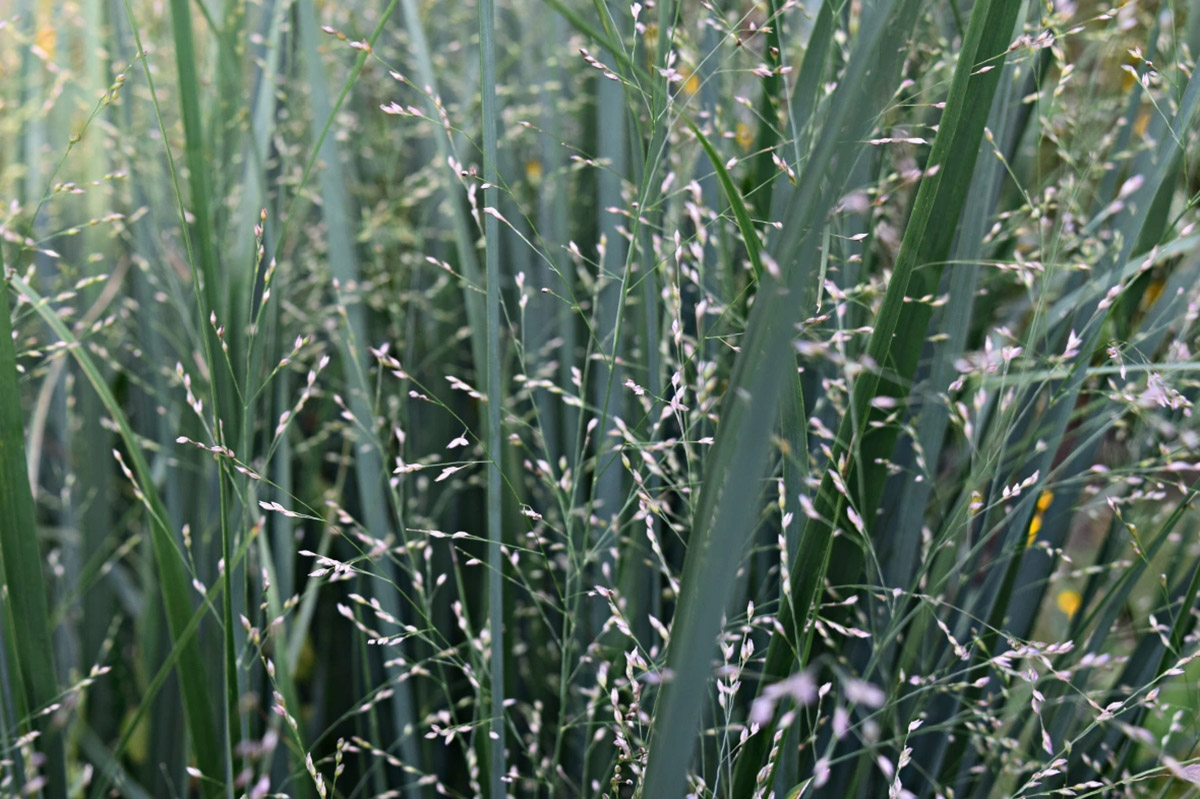
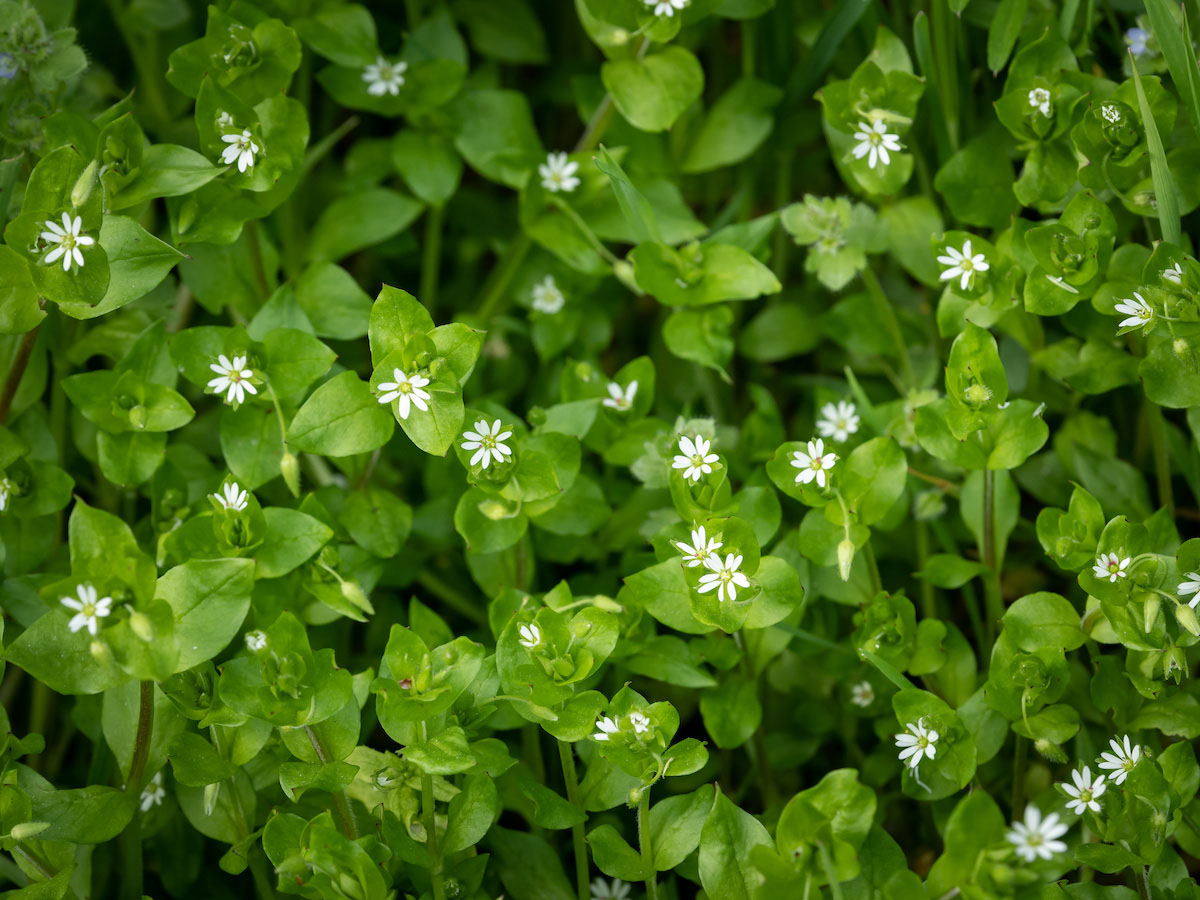
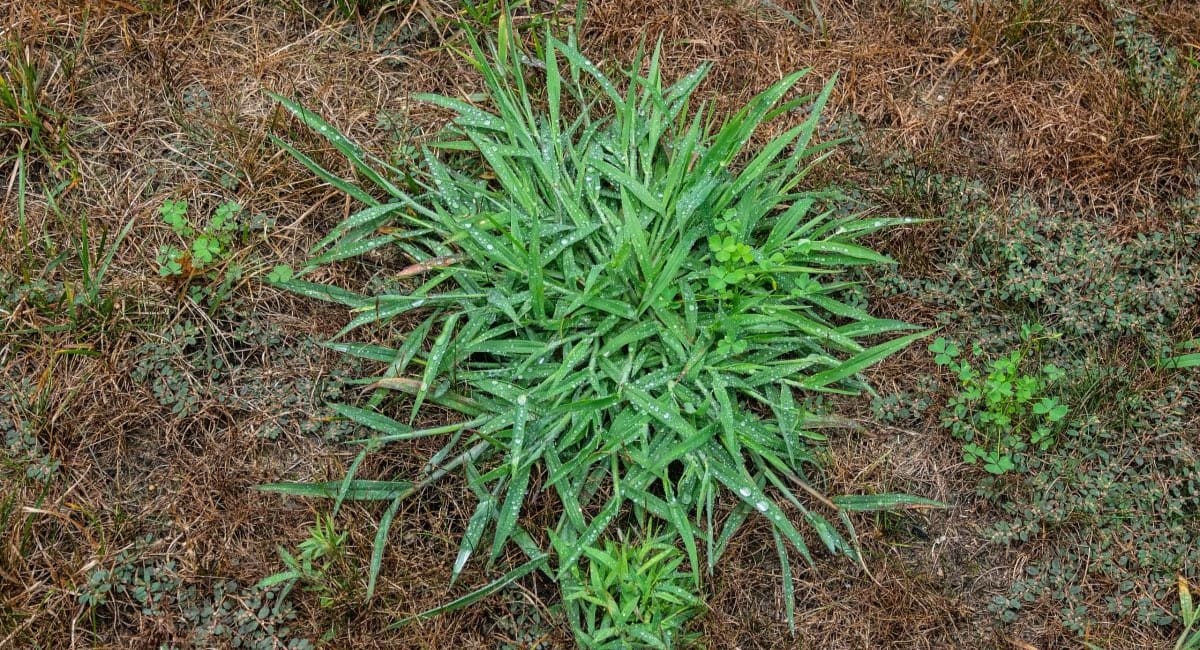
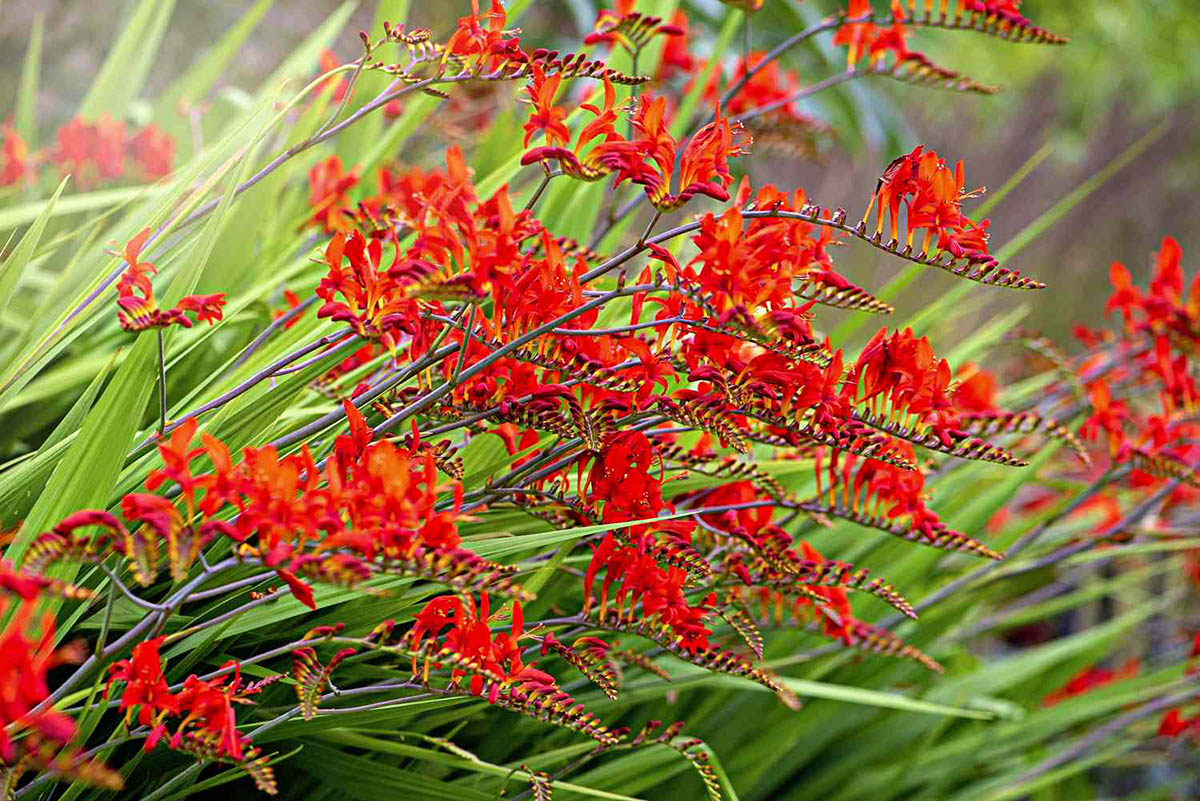
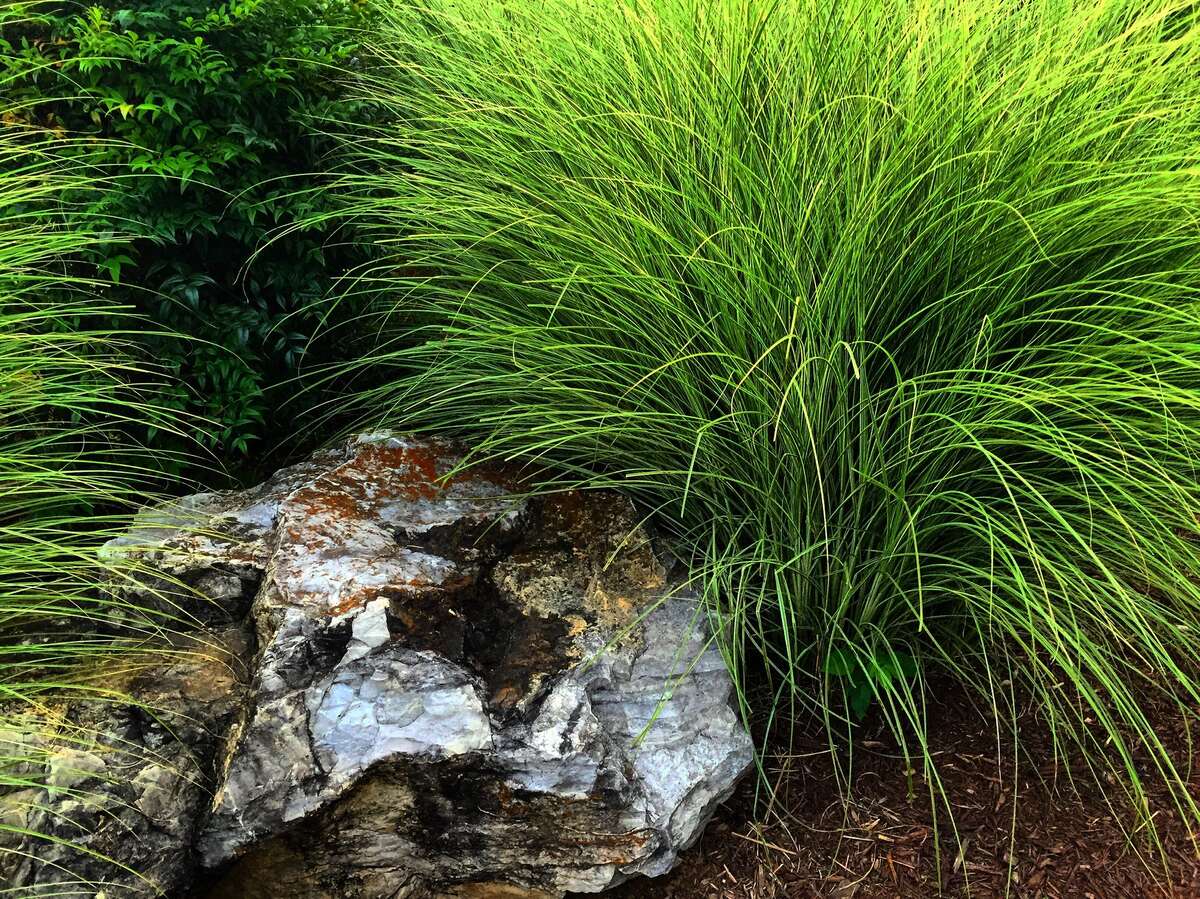
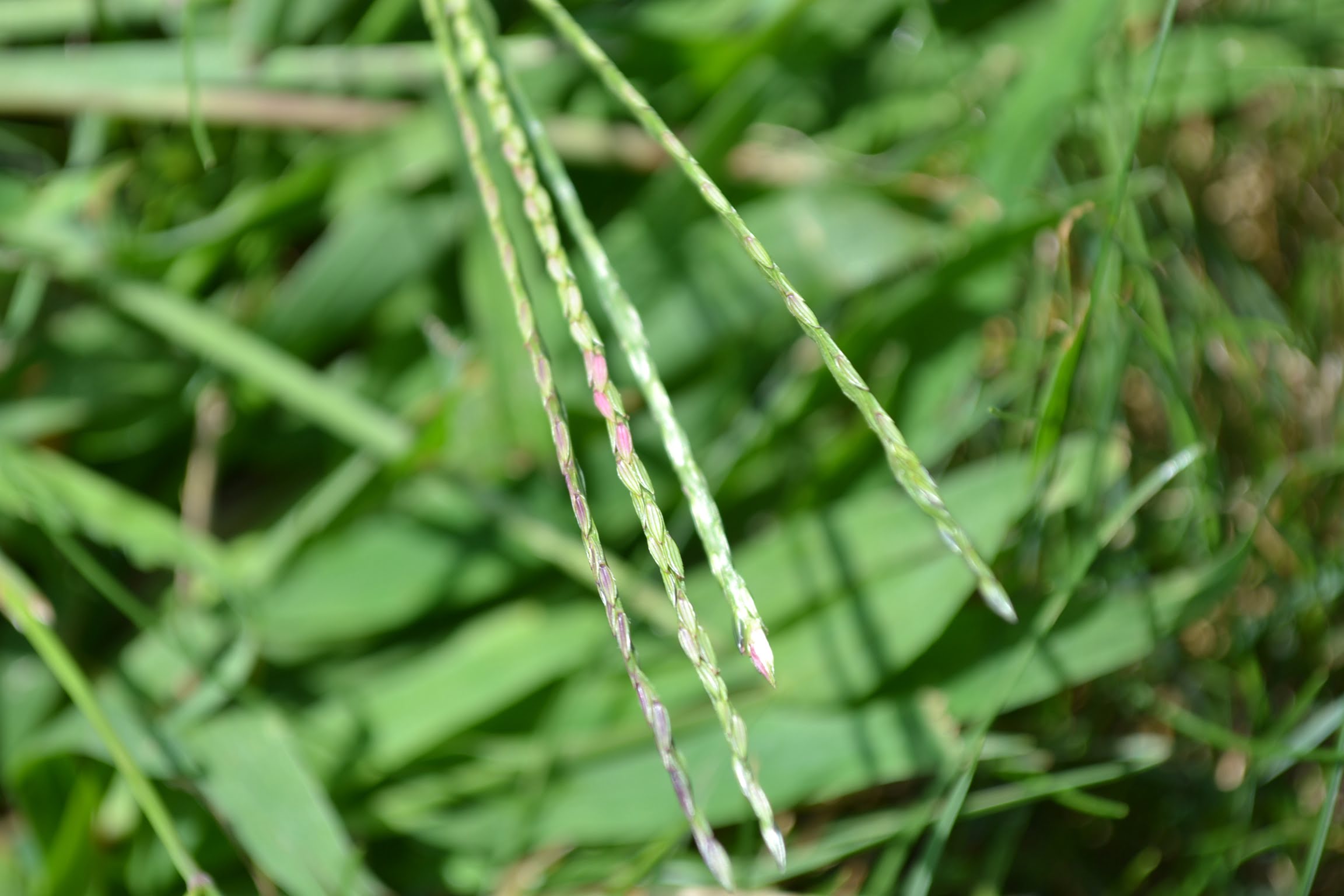
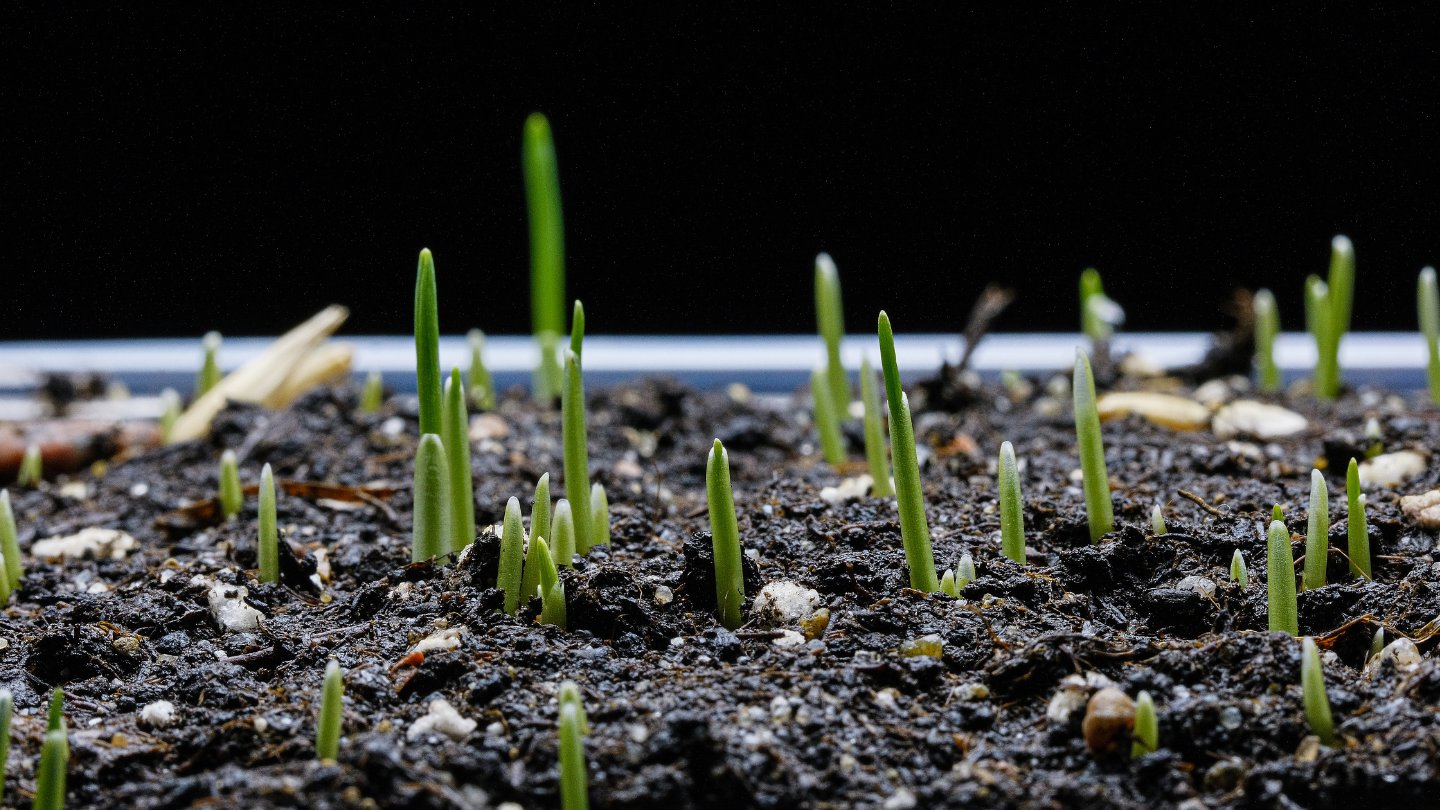
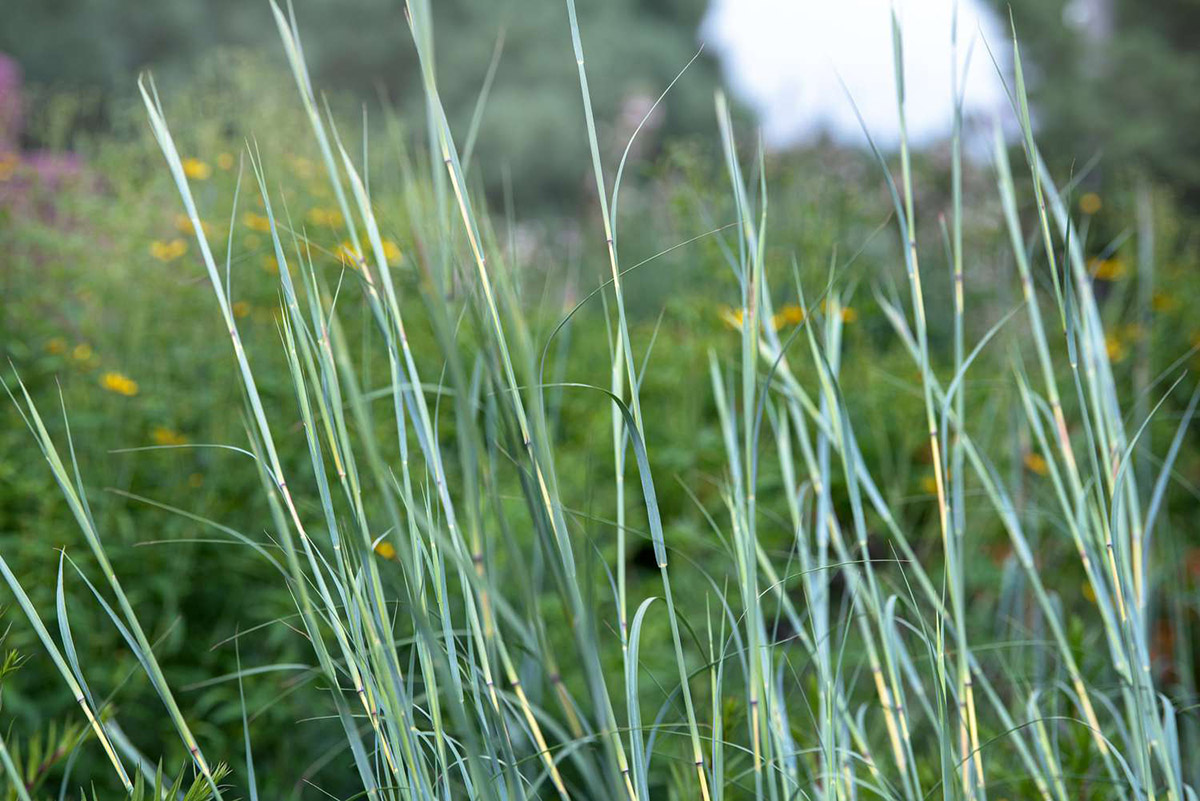
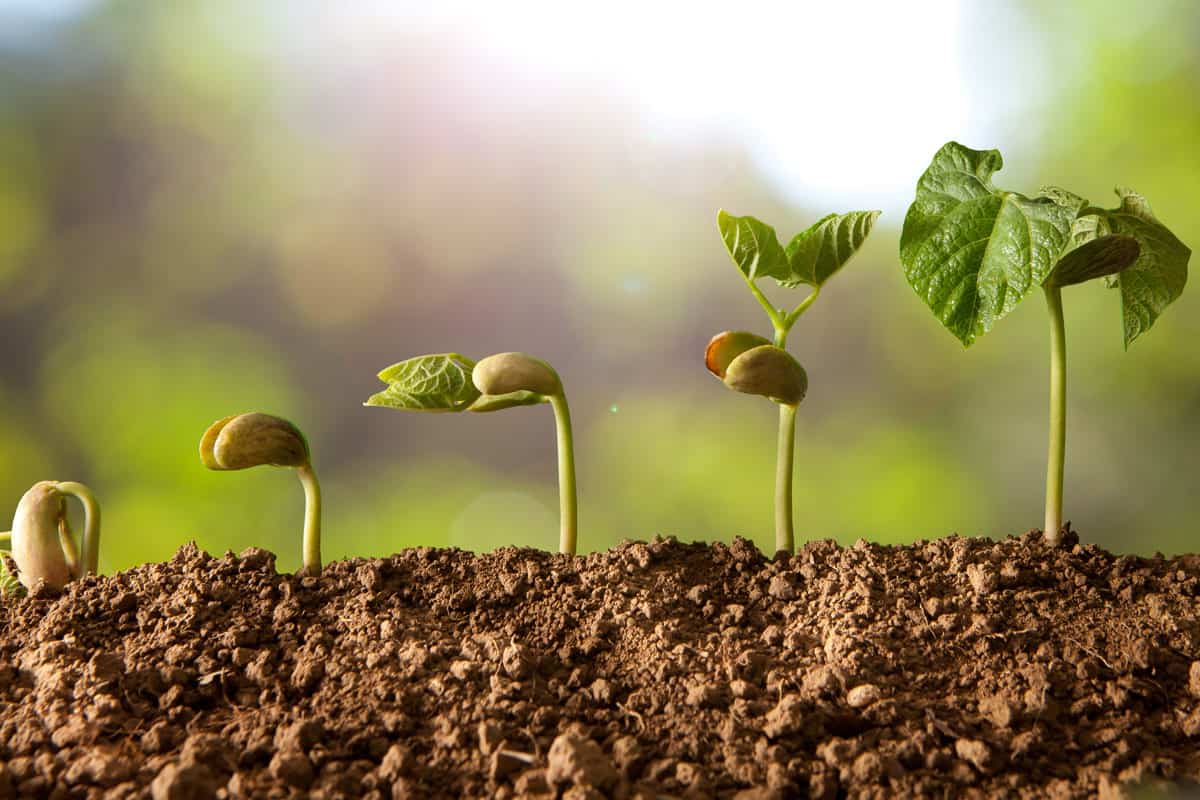
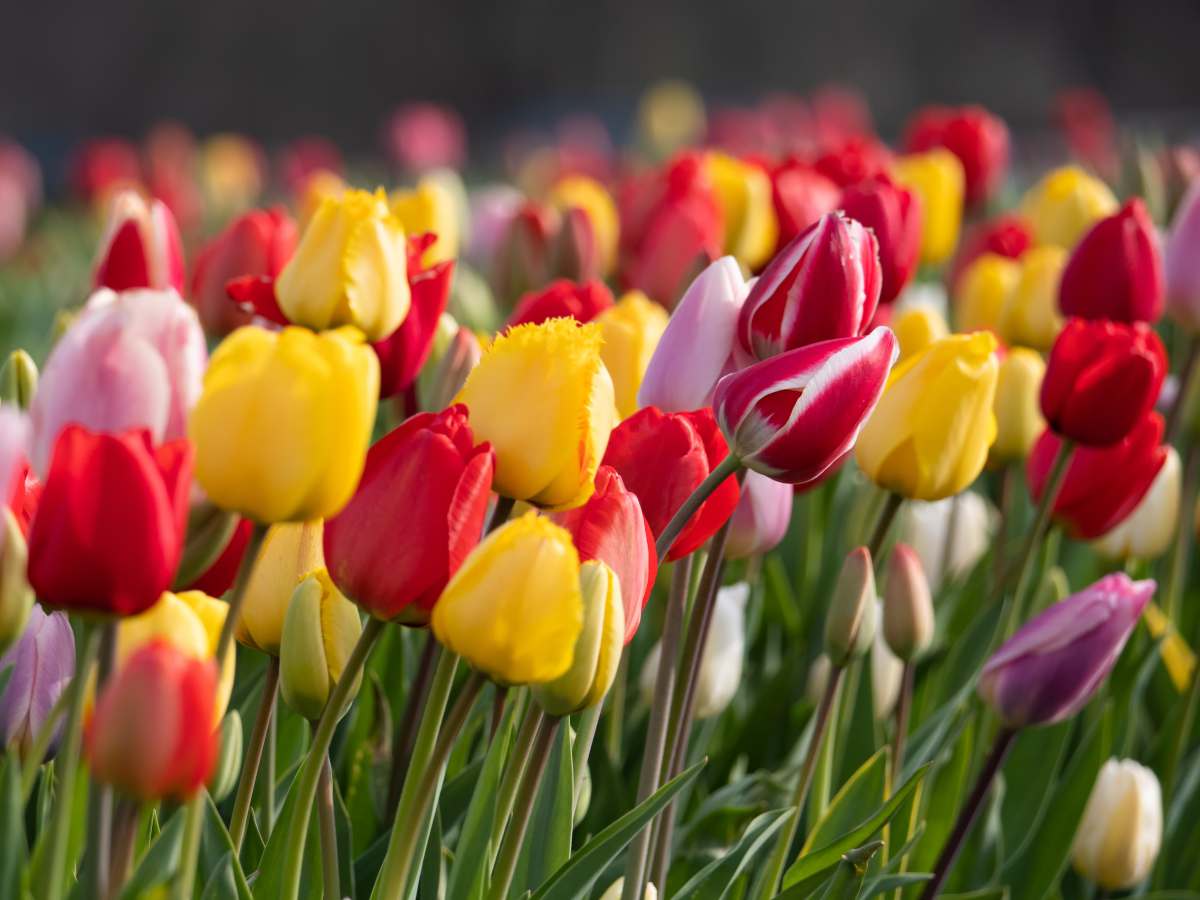
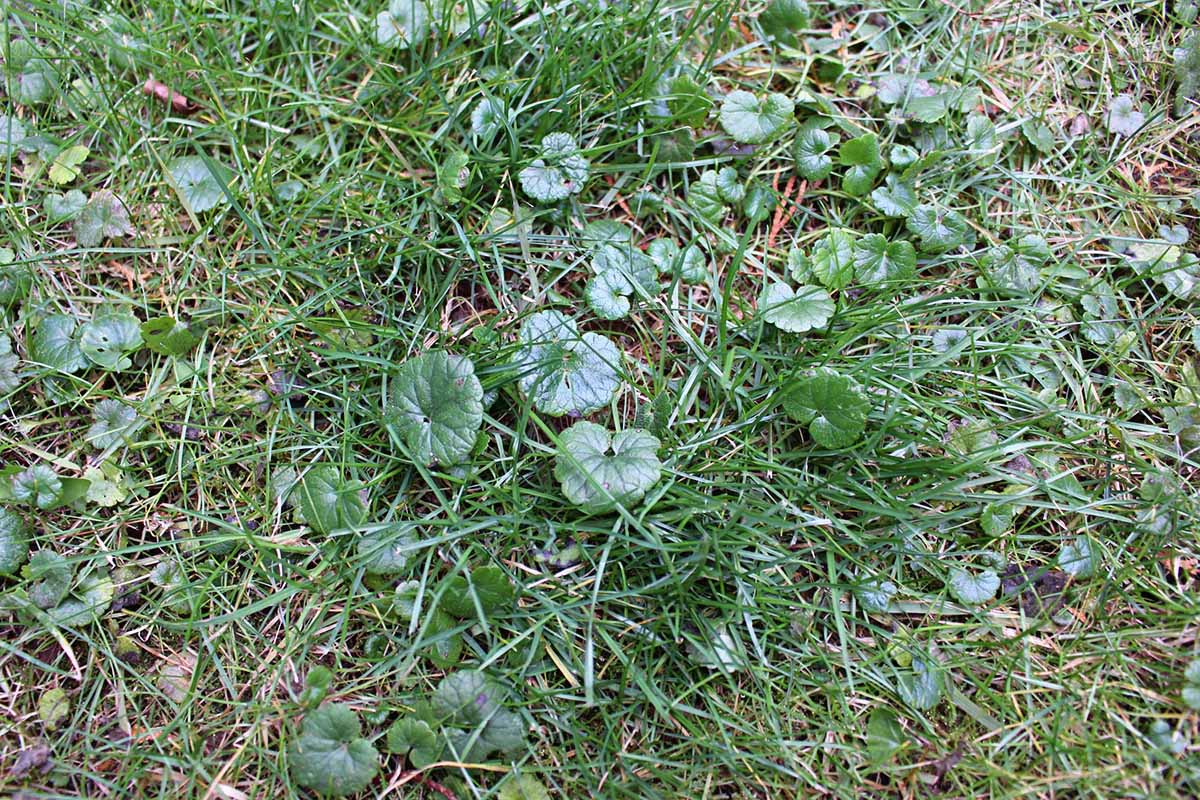

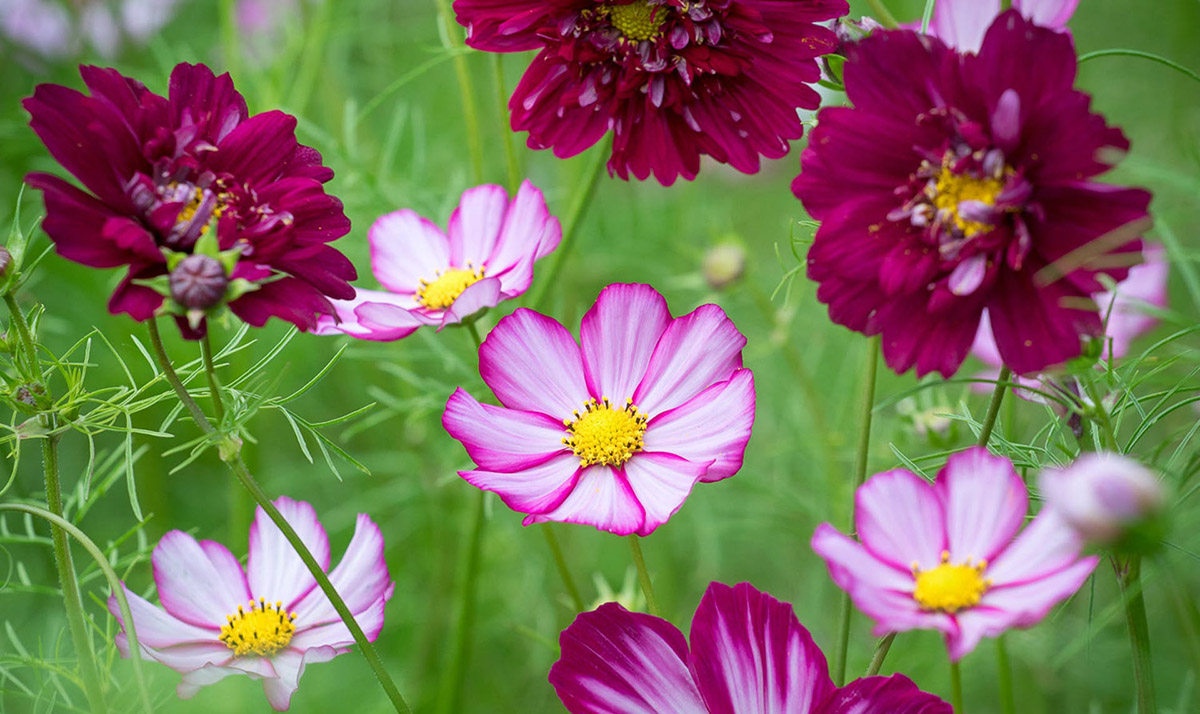
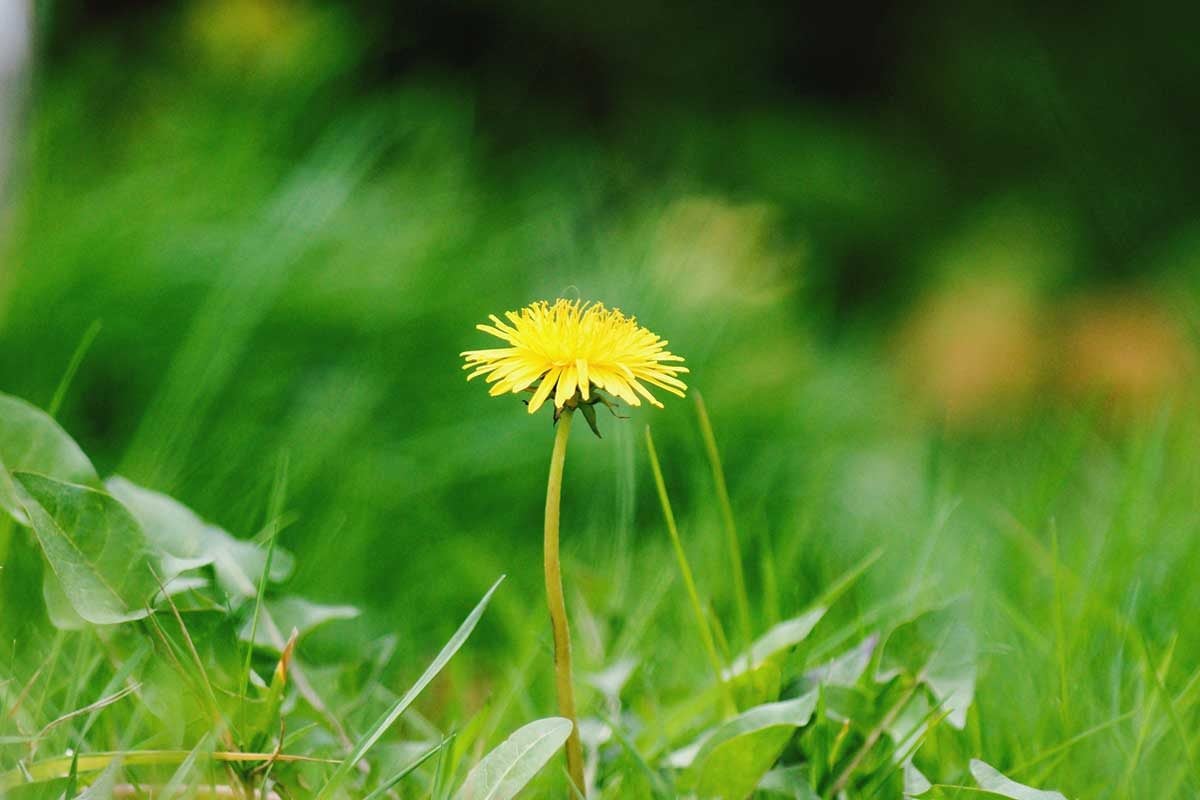

0 thoughts on “When Does Crabgrass Germinate In Iowa”